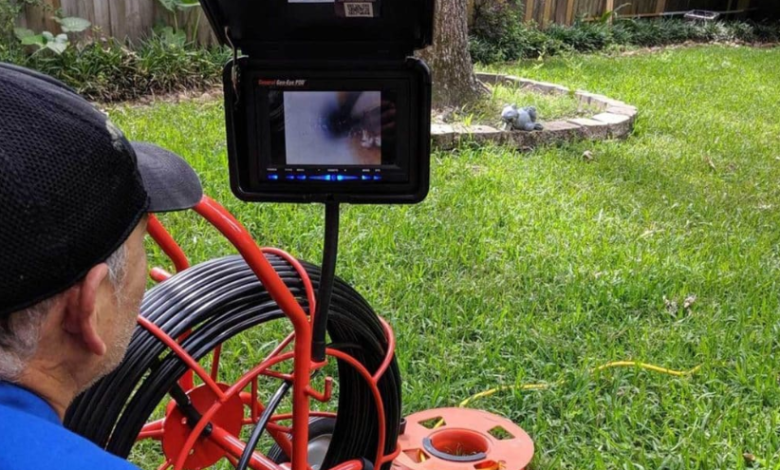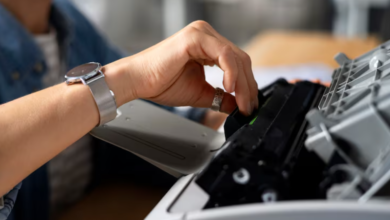Drain Camera Inspections for Accurate and Efficient Plumbing Diagnostics

Drain camera inspections use small, waterproof cameras attached to flexible cables to visually examine the inside of pipes. This technology allows plumbers to identify blockages, leaks, corrosion, or pipe damage without digging or invasive methods. A drain camera inspection provides a precise, non-invasive way to diagnose plumbing issues early, helping to avoid costly repairs.
These inspections are especially useful for assessing older homes or properties where drain and sewer lines might be compromised. Visual footage from the camera helps professionals pinpoint problems such as slow drains, sewage backups, or structural pipe damage, making repairs targeted and effective.
By understanding the condition of pipes before issues worsen, property owners can make informed decisions about maintenance or replacement. The ability to see inside pipes in real time offers a clear advantage for maintaining a functional drainage system.
Understanding Drain Camera Inspections
Drain camera inspections provide a detailed view inside pipes to identify blockages, damage, and corrosion without invasive digging. These inspections use specialized equipment that varies by type and purpose. Both residential and commercial plumbing systems benefit from this precise diagnostic tool.
How Drain Camera Inspections Work
A drain camera inspection involves inserting a small, waterproof camera attached to a flexible cable into the drain or sewer line. The camera transmits real-time video footage to a monitor, allowing the technician to see the pipe’s interior condition directly.
This method lets professionals detect clogs, cracks, root invasions, and corrosion without guesswork or disruption to the property. Access points such as cleanouts or manholes are typically used. The process is faster and more accurate than traditional methods, helping avoid unnecessary digging or repairs.
Types of Drain Cameras
There are mainly three types of drain cameras used in inspections:
- Push Cameras: Shorter cables, ideal for small drains and residential use.
- Crawler Cameras: Mounted on a motorized device for longer sewer lines in commercial or municipal systems.
- Sonar and Laser Cameras: Used for advanced imaging and locating exact pipe damage or blockages.
Each type offers specific benefits, such as maneuverability, reach, and image quality, depending on the plumbing system’s size and complexity.
See also: OCD Therapy Effective Approaches and Techniques for Lasting Relief
Applications in Residential and Commercial Plumbing
In residential settings, drain camera inspections often diagnose slow drains, frequent clogs, or sewer backups. They help locate issues like grease buildup, tree root intrusion, and pipe damage inside limited space systems.
Commercial applications require inspecting larger, more complex sewer systems. Regular inspections can prevent costly failures by identifying wear, blockages, or structural problems early. This proactive approach reduces downtime and supports maintenance planning for businesses and public infrastructure.
Benefits and Best Practices
Drain camera inspections provide precise diagnostics and minimize property disruption. They allow targeted repairs, early detection of common problems, and effective maintenance planning through visual confirmation of pipe conditions.
Advantages Over Traditional Methods
Drain camera inspections eliminate the need for digging or invasive procedures. By inserting a small, waterproof camera on a flexible cable, technicians obtain real-time footage of pipe interiors, reducing guesswork.
This method cuts down on repair time and costs by pinpointing exact problem locations. It also limits damage to landscaping and structures, avoiding costly excavation.
Compared to traditional plumbing diagnostics, camera inspections provide more accurate information on the pipe’s condition. This leads to faster and more reliable solutions.
Identifying Common Issues
Camera inspections reveal blockages caused by debris, grease buildup, or root intrusion. They also detect cracks, corrosion, leaks, and pipe collapse early, often before visible symptoms arise.
Technicians can observe pipe alignment and joint integrity. This helps diagnose issues like sagging pipes or offset connections that may cause long-term damage.
The clear, internal views allow for comprehensive assessment and prioritization of repairs based on severity and urgency.
Maintenance Recommendations
Regular camera inspections should be scheduled every few years or when plumbing problems occur. This preventative approach detects minor issues before they escalate.
During inspections, technicians note signs of wear or buildup to advise on cleaning or pipe servicing. Combining inspection with routine maintenance can extend pipe lifespan and reduce emergency repairs.
Homeowners and businesses benefit from keeping inspection records to track changes over time. This supports timely interventions and informed decision-making on plumbing investments.





